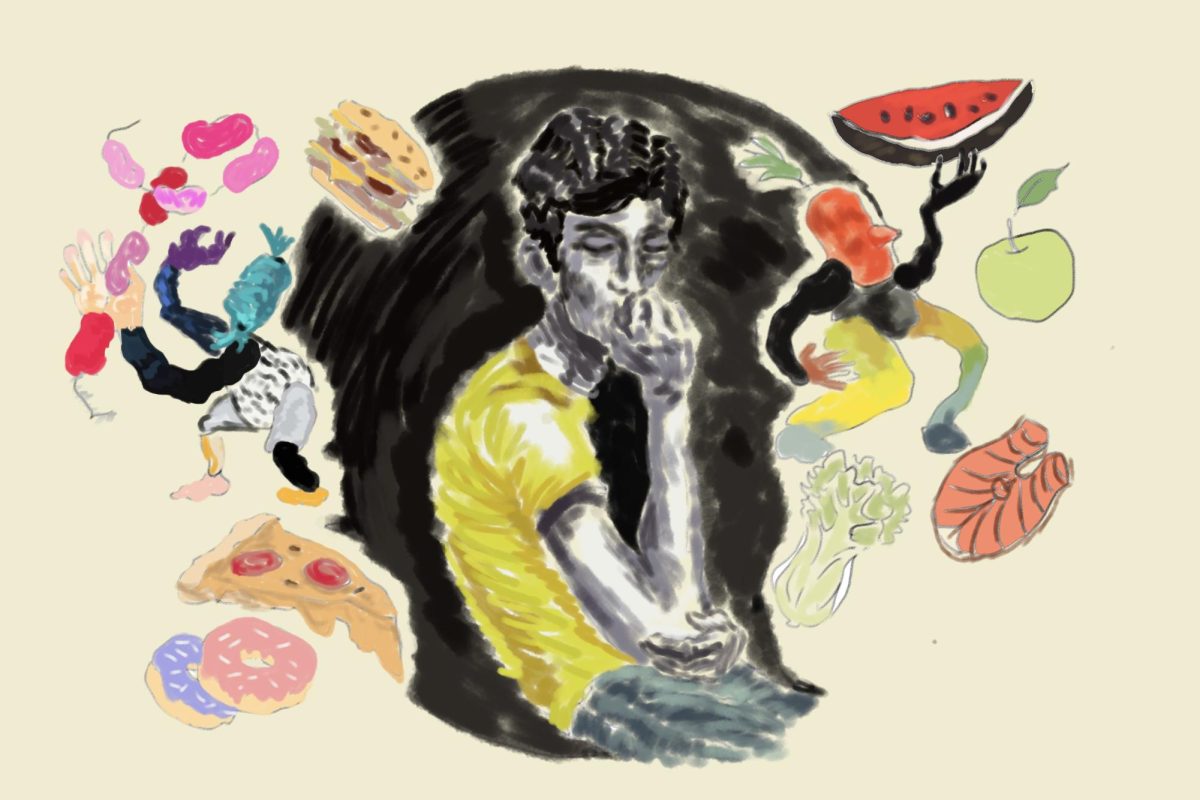While avoiding the “Freshman 15” and setting weight-oriented goals are a great place to start with health, the main focus for students should be maintaining proper nutritional balance.
Now that I live off campus, my access to a kitchen, paired with a bit of planning and a return to family recipes, has gone a long way in helping me balance my caloric intake. I believe that cooking with traditional recipes that have been passed down through generations is an easy way to meet nutritional goals while preserving taste. Just like how natural selection weeds out unfit organisms, the test of time has preserved only the best recipes, and students would be wise to use them.
This past summer, I spent a lot of time with my mother in the kitchen, learning how to cook. She taught me how to be efficient by using ingredients to their full potential and time management while cooking. Moreover, I learned more about where our family recipes come from.
The traditional foods that make up the Indian diet are a product of history. The Mughal conquest brought in spices and techniques from the West, and European expansion introduced new staples such as potatoes and tomatoes.
Hinduism splits food up into three subcategories, tamasic, rajasic and sattvic. Tamasic food is fatty, spoiled or salty, and is associated with an undisciplined lifestyle. Rajasic food includes meat and eggs and is associated with anger and high blood pressure. Finally sattvic food is vegetarian, with an emphasis on fresh, natural and non-irritating sources.
Because of the influence of Hinduism on the cultural value of Indians, people have long eaten a variety of vegetables at every meal. The greater variety of food that one eats, the easier it is to meet both macro and micro nutrient goals.
“When you’re trying to sit down and have a more balanced meal, look for those different colors,” said Elizabeth Klingbeil, assistant professor of instruction in the Nutritional Sciences Department.
Foods such as rice, rasam and roti have dominated the Indian diets on the subcontinent.
However, the recent transition from eating a sattvic Hindu diet focused on healthy, fresh foods to eating processed vegetarian food has had deleterious effects on the health of Indians. In particular, the increased consumption of unhealthy fats and carbohydrates from highly processed foods that are vegetarian but not natural has led to an increase of abdominal obesity.
These habits have followed us overseas. In college, I have noticed people opting for lower quality meals made with unnecessary fats and chemicals that nominally meet their dietary needs while missing the larger reason for eating traditional Indian meals.
For college students like me, grocery choices can be limited. Per pound, carbohydrates like rice and bread are much cheaper than protein sources like tofu or chicken. Moreover, uncooked rice lasts seemingly forever, reducing the necessity to manage expiration dates and food waste.
However, this is another reason that students should cook more traditional Indian meals. They were made to last a long time and survive the hot, humid climate of South Asia. With the miracle of refrigeration, I’ve made food that’s lasted weeks in the fridge and months in the freezer.
Overall, setting aside the time to make home-cooked meals instead of eating premade dinners will pay dividends in the long run. By cooking traditional Indian meals, you can take advantage of the long history of Indian cuisine, which were made with health in mind.
Chandran is an advertising sophomore from Plano, Texas.















